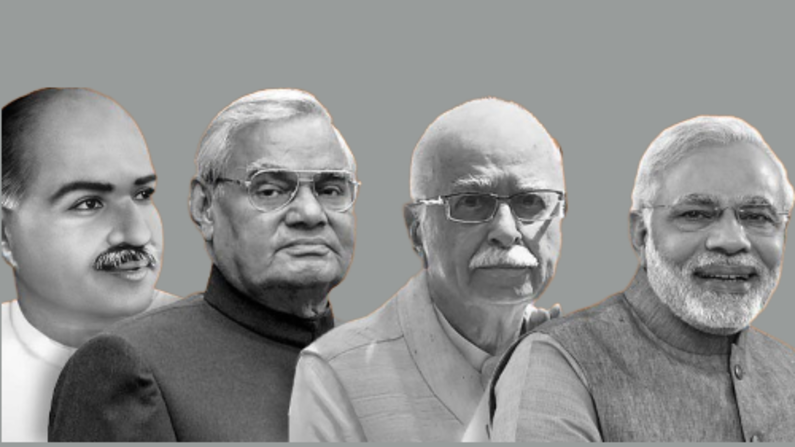Introduction
The Bharatiya Janata Party (BJP) is a famous political force in India, and its interesting history has had a big impact on the country’s politics. With more than 180 million members, the BJP is a major player in Indian politics, and how it became so important is a fascinating story.
Foundation and Early Years
The BJP’s origins can be connected to the formation of the Bhartiya Jan Sangh on October 21, 1951. Dr. Shyama Prasad Mukherjee, a significant figure in India’s early political view, played a crucial role in establishing this party. Shyama Prasad Mukherjee, who had previously served in India’s first cabinet under Prime Minister Jawaharlal Nehru, resigned from his ministerial post to become the opening President of Bhartiya Jan Sangh.
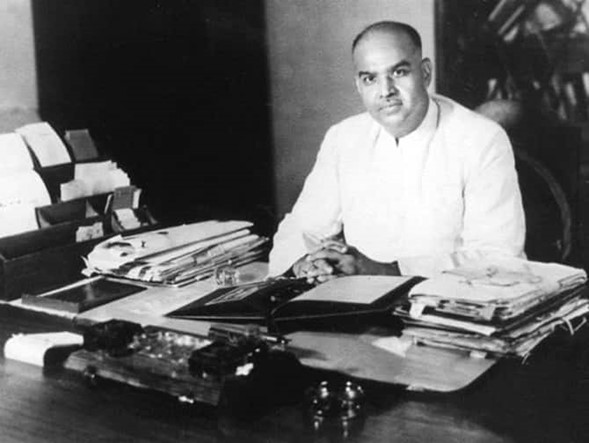
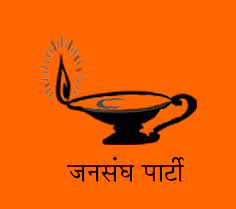
The primary objective of the Jan Sangh was to safeguard the cultural heritage of Hindus in independent India, particularly amidst Congress-led governance. The party strongly advocated for the full integration of Jammu and Kashmir into India. However, in the first general elections of independent India in 1951–52, the party managed to secure only three seats. Despite these initial challenges, the party continued to improve its lower levels of organization.
Under the leadership of Shyama Prasad Mukherjee until 1967, Jan Sangh carefully focused on building a strong political foundation. In 1967, the party achieved significant progress by winning 35 seats in the general elections, emerging as the third-largest party in the Lok Sabha. The party found itself aligning with non-Congress parties, forging combination governments in states such as Madhya Pradesh, Bihar, and Uttar Pradesh. During this period, leaders like Atal Bihari Vajpayee and Lal Krishna Advani began to establish themselves within the Jan Sangh.
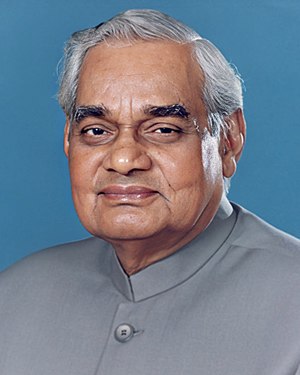
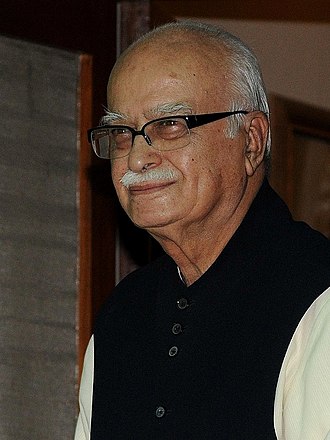
The Jan Sangh also championed crucial issues such as the implementation of a Uniform Civil Code, a ban on cow slaughter, and the abolition of the special status of Jammu and Kashmir. As the party fortified its political influence, a significant event altered the course of Indian politics.
The Emergency and Formation of the Janata Party
In 1975, Prime Minister Indira Gandhi made a big decision. She declared a state of emergency in India, which meant the government had lots of power, and people’s rights were restricted. As a result, this made many people very unhappy, and they started to protest.
The Jan Sangh, along with other political parties that didn’t like the emergency, joined together to oppose it. Many members of the Jan Sangh were put in jail by the government because of their protests.
After some time, in 1977, the government decided to end the emergency, and they organized new elections. In these elections, a group of opposition parties called the Janata Party won. Their main aim was to remove the Congress Party from power.
To everyone’s surprise, the Janata Party formed the government, marking the first time the Congress was out of power. Morarji Desai was appointed as the Prime Minister. However, the Jan Sangh, a pivotal component of the Janata Party, held the majority of seats in this coalition government. In the 1977 elections, the Jan Sangh won 93 seats, securing 31% of the total seats. Atal Bihari Vajpayee, a prominent Jan Sangh leader, served as the Minister of External Affairs.
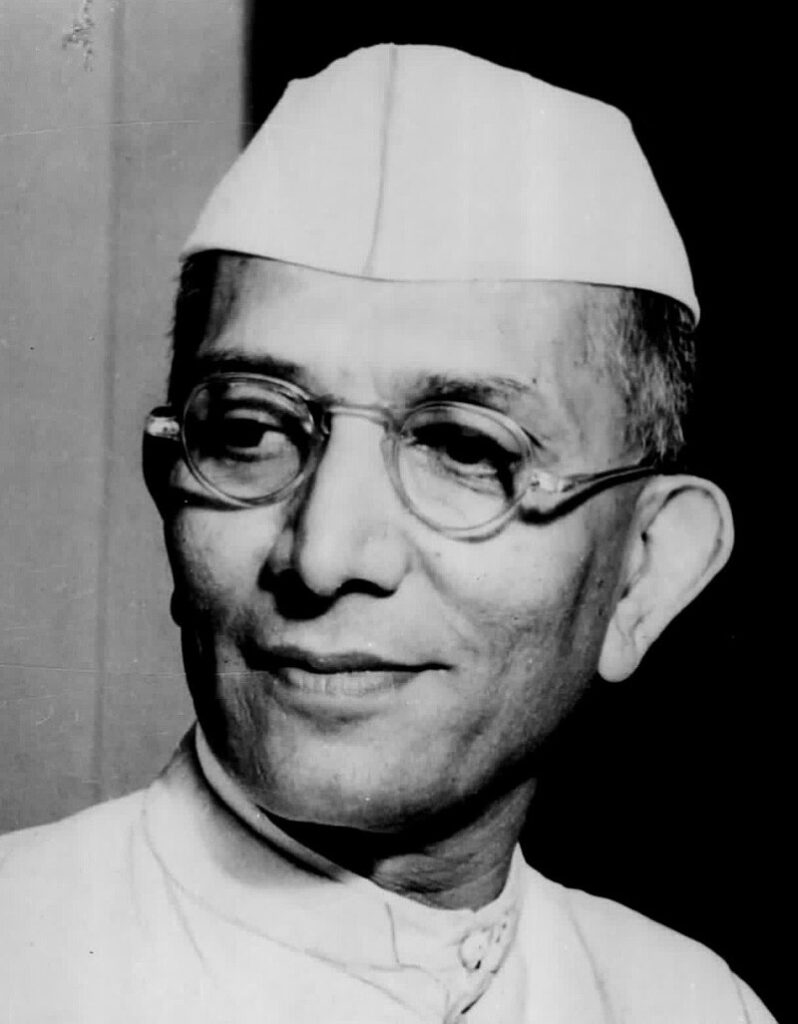
Internal divisions and ideological differences within the Janata Party-led government eventually led to its downfall. The government’s inability to maintain unity, coupled with the conflicting ideologies of its constituent parties, especially the Jan Sangh, prompted the Jan Sangh members to relinquish their dual membership. This decision ultimately resulted in the formation of a new political entity.
Formation of the Bharatiya Janata Party (BJP)
In the wake of these changes, the Rashtriya Swayamsevak Sangh (RSS), which had been closely associated with the Jan Sangh, played a pivotal role in the birth of the Bharatiya Janata Party. On April 6, 1980, the BJP was officially founded. This marked a significant transition as the party embraced a more pronounced Hindu nationalist identity compared to its predecessor.
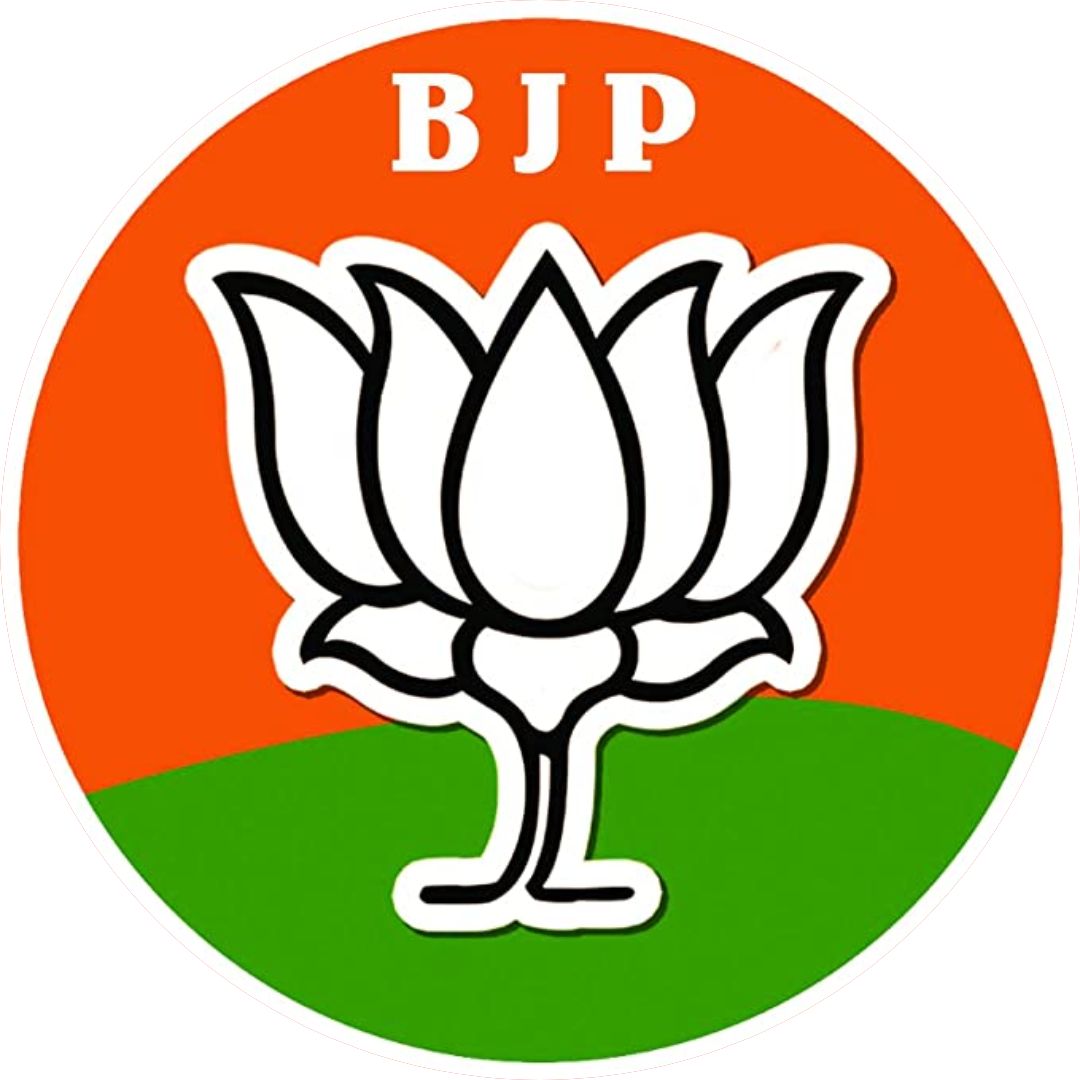
Over the years, the BJP’s focus on issues like the Ram Janmabhoomi movement and its efforts to consolidate Hindu support led to electoral successes. Notably, in the 1989 general elections, the BJP won 86 seats, cementing its position as a significant political force in India. This electoral progress marked a turning point in the party’s journey.
The Rath Yatra led by L.K. Advani in 1990 marked a turning point, and the subsequent demolition of the Babri Masjid in 1992 was a pivotal moment in the BJP’s rise as a leading political party. These events stirred emotions, mobilized support, and put the party in the spotlight. As a result, the Bharatiya Janata Party growing influence and ground-level organization became evident, and it had firmly established itself as a prominent political entity in India.
BJP’s Role in National Politics
The BJP’s journey from its beginning to becoming a key player in Indian politics was not without challenges. It navigated ideological shifts, political turmoil, and controversies. However, the party’s commitment to a unified, culturally conservative India resonated with many, and it continued to gain strength.
In subsequent years, the BJP maintained its presence in national politics, sometimes leading coalition governments, and at other times, it provided key support to other parties. Key leaders like Atal Bihari Vajpayee and L.K. Advani played instrumental roles in the party’s development and electoral successes.
A notable event during this period was the Ekta Yatra led by Murli Manohar Joshi in December 1991. This nationwide journey aimed to promote national unity and passed through 14 states, getting in the hoisting of the tricolour flag at Lal Chowk, Srinagar.
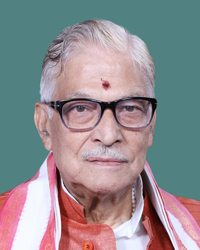
The Emergence of New Leadership
The turn of the century brought a significant transformation for the BJP. As India’s political landscape evolved, a new generation of leaders emerged. One leader who stood out was Narendra Modi, who had already garnered a significant following as the Chief Minister of Gujarat. His decisive leadership and governance style caught the attention of the nation.
In 2014, Narendra Modi led the BJP to a historic victory in the general elections, with a presidential-style campaign focused on development and change. Notably, his appeal to the electorate, often running as the face of the party, led to an overwhelming mandate for the BJP. Furthermore, Modi’s leadership continued to shine in the 2019 general elections, where the BJP secured a resounding victory.
Amit Shah, who played a key role in the BJP’s political strategies and election management, earned a reputation as a master political strategist. Under the leadership of Modi and Shah, the BJP secured not only a decisive majority but also continued its expansion in state elections, consolidating its position as the dominant political force in India.
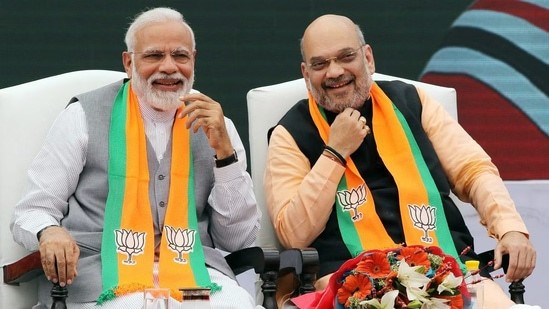
Conclusion
The BJP’s journey from its formation as the Jan Sangh to its current status as the ruling party under the leadership of Narendra Modi and Amit Shah is a remarkable saga in the annals of Indian politics. Over the years, the party has navigated the intricacies of Indian democracy, evolved its identity, and played a central role in shaping the nation’s future. This transformation, however, didn’t occur overnight; it was a gradual process.
As the BJP moves forward, it will be intriguing to see the political direction and narrative that this dynamic leadership duo of Modi and Shah will present to the country in the coming years. Moreover, the BJP’s enduring legacy is deeply intertwined with India’s political landscape, making it an essential player in the nation’s democratic journey.
Recommended Reading: Caste Politics in India: A Complex Relationship





